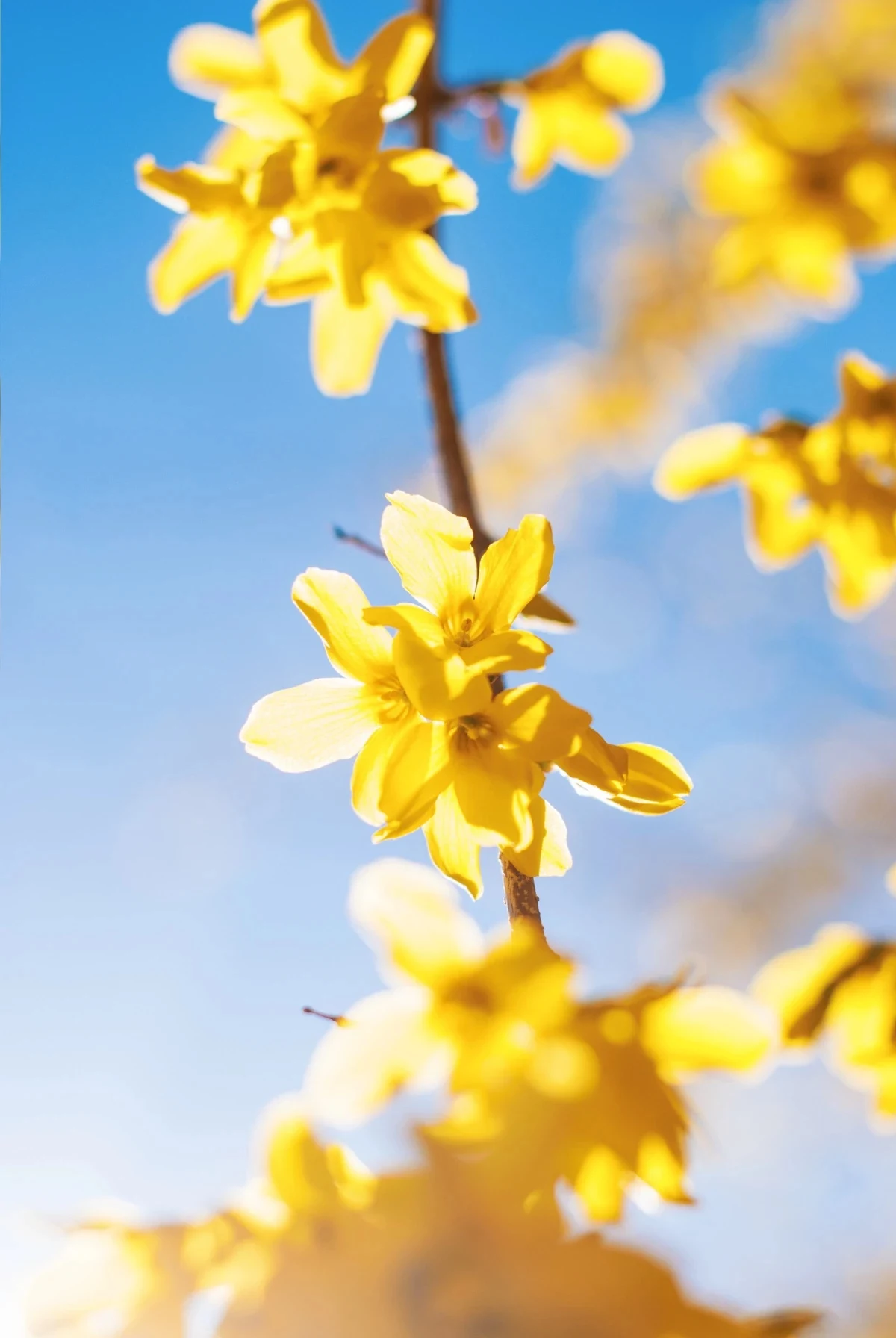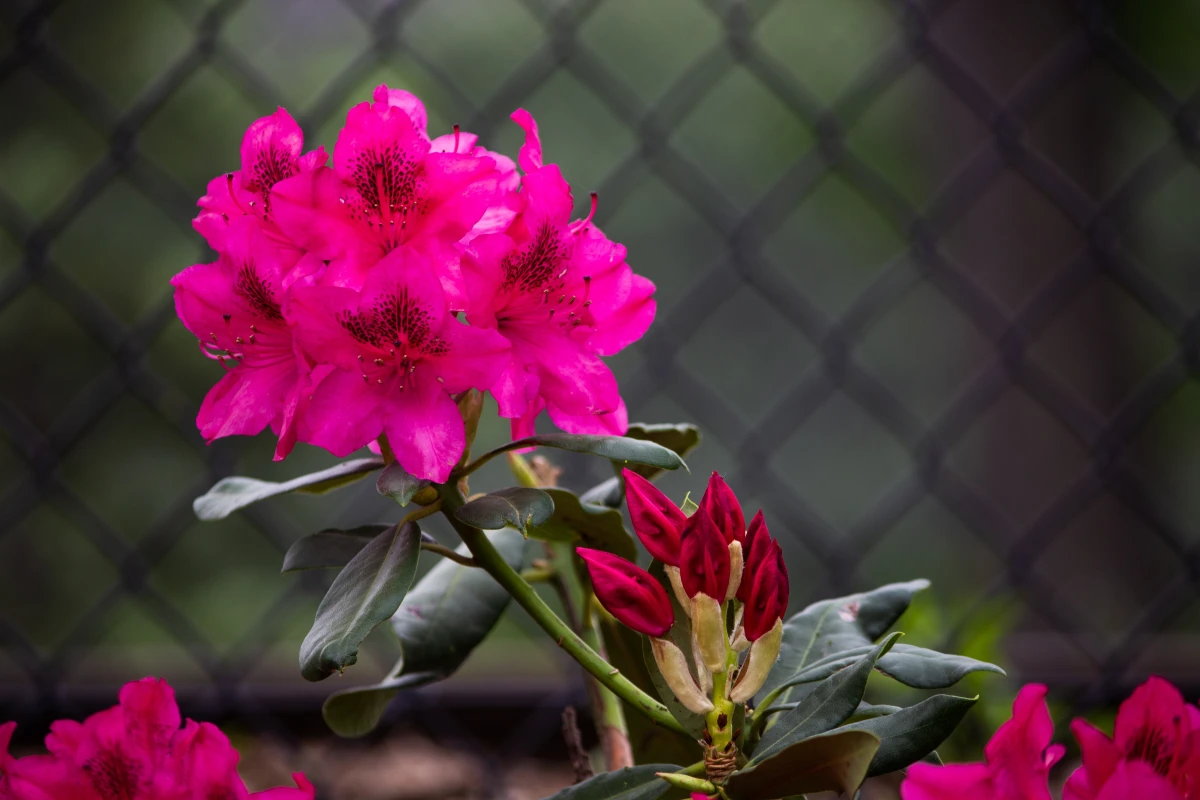Hold a Sec—Put Down Those Pruners! Why Fall Isn’t the Time to Chop These Shrubs
I’ve seen it happen more times than I can count. The air gets that perfect autumn crispness, and we all get the sudden, powerful urge to tidy up the garden for its long winter nap. Out come the shears and loppers, and we start cleaning things up. But here’s the thing: that well-intentioned tidiness can accidentally sabotage next spring’s flower show.
In this article
Honestly, one of the most common questions I hear is, “I cut everything back for winter, but my forsythia never bloomed. What went wrong?”
It’s not about your skill as a gardener. It’s all about timing. Some of our favorite plants have already done the hard work of making next year’s flower buds. When we prune them in the fall, we’re literally throwing away buckets of future flowers. It’s like tossing out a cake you just baked because you want a clean counter tonight.
So let’s put the pruners down for a minute. I want to walk you through the ‘why’ so you can make smart choices for any plant in your yard, ensuring a spectacular spring.

The #1 Rule: Is it Blooming on Old Wood or New Wood?
Before we get into specific plants, you need to know this one core concept. It’s the secret that separates frustrated gardeners from those with amazing results. Once you get this, you’ll feel like you have plant-pruning superpowers.
Plants That Bloom on “Old Wood”
These are the plants we need to be careful with in the fall. “Old wood” is just a simple way of saying the branches and stems that grew last year. These shrubs are planners. Right after they finish blooming in the spring or early summer, they get to work creating tiny, baby flower buds for the next season. Those buds hang out all fall and winter, just waiting to burst open.
When you prune these shrubs in the fall, you’re cutting off all that potential. The plant will be fine, but you’ll get a whole lot of green leaves and zero flowers come springtime. This is almost always why a lilac or big-leaf hydrangea fails to bloom.

Good to know: What does old wood even look like? Think of a miniature tree branch. It’s usually darker in color, thicker, and feels more rigid and woody. It might even have some slightly rough or peeling bark.
Plants That Bloom on “New Wood”
On the flip side, you have plants that bloom on “new wood.” This is the growth that sprouts in the current spring. These guys wake up, grow new green stems, and then produce flowers on that fresh growth, all in the same season. Because their flower buds haven’t been formed yet over the winter, they are the ones that are generally safe to prune in late winter or early spring. In fact, cutting them back then often encourages them to grow even more vigorously, leading to a bigger, better flower show.
The Official “Don’t Touch in Fall” List
Here are the most common culprits that people prune by mistake. Remember, the only cutting you should do on these in the fall is to remove something that is obviously dead, damaged, or diseased (we call this the Three D’s). A quick tip for beginners: how do you know if a branch is dead or just dormant? Gently scratch a tiny spot of bark with your thumbnail. If you see green underneath, it’s alive. If it’s brown and dry, it’s dead and can be safely removed anytime.

1. Lilac
That incredible spring fragrance depends entirely on leaving these shrubs alone in autumn. They set their flower buds in the summer right after the old flowers fade. Pruning them in the fall is a guaranteed way to miss out.
When to Prune Instead: The perfect time is within a month after they finish blooming. First, snip off the spent flower clusters so the plant puts its energy into buds, not seeds. For overgrown shrubs, I use a renewal technique: over three years, cut out one-third of the oldest, thickest stems right down to the ground each year. This revitalizes the whole plant without ever sacrificing a full year of flowers.
2. Forsythia
That explosion of yellow that screams “spring is here!” comes from buds formed on last year’s branches. A fall trim means a spring of nothing but green twigs.
When to Prune Instead: As soon as the last yellow flower drops. Forsythia can get wild, so it handles pruning well. Just like with lilacs, I recommend cutting about a third of the oldest, woodiest canes to the ground. This opens up the shrub and encourages healthy new growth. Please, don’t try to shear a forsythia into a meatball shape; it ruins its beautiful, natural fountain-like arch.

Tool Tip: For this kind of renewal pruning, you’ll need good tools. A solid pair of bypass pruners (not anvil style, they crush stems) will run you between $20 and $50 and last for ages if you care for them. For stems thicker than your thumb, a pair of loppers is essential, costing around $30 to $70. A clean cut from a sharp tool is like a clean stitch on a wound—it heals much faster.
3. Rhododendrons and Azaleas
These are super easy—their big, fuzzy flower buds are usually very visible by fall, sitting right at the tips of the branches. Cutting them off is literally snipping off the spring flower show. It can also trick the plant into putting out a late flush of tender new leaves that will just get zapped by the first frost.
When to Prune Instead: Lightly, if at all, right after they finish blooming. The main job is just to snap off the sticky, spent flower trusses at their base. Be careful not to damage the tiny leaf buds just below them. Only do major pruning if the plant has become a leggy monster, and accept you won’t get flowers for a year or two while it recovers.

4. Most Hydrangeas (The Confusing Ones!)
Ah, hydrangeas. This is where everyone gets confused. The classic blue and pink mopheads (Hydrangea macrophylla), as well as Oakleaf and Climbing hydrangeas, all bloom on old wood. Cutting them back in the fall is a classic mistake that leads to a flowerless summer.
Quick Guide: Which Hydrangea Do I Have?
It’s simpler than you think. Go look at the stems. Are they brown, woody, and peeling a bit, like a tree branch? That’s almost certainly an old-wood bloomer like a Mophead or Oakleaf. Treat it with care. Are the stems mostly green and smoother? That’s likely a new-wood bloomer, which we’ll get to next.
When to Prune Instead: For the old-wood types, only prune right after they flower in the summer. Mostly, this just means cutting off the spent blooms. You can also remove one or two of the oldest, weakest canes at the very bottom to keep it healthy.

Okay, So What Can I Prune Now?
Don’t worry, you can still scratch that pruning itch! The shrubs that bloom on new wood are fair game for a late winter or early spring haircut. Pruning them back hard before they start growing encourages lots of new stems, which means lots of flowers. Common examples include:
- Panicle Hydrangeas: These are the ones with the big, cone-shaped flowers (like ‘Limelight’ or ‘PeeGee’). They love a hard prune.
- Butterfly Bush: Cutting this back hard results in a healthier, more manageable plant with way more blooms for the pollinators.
- Roses: Most modern bush roses are pruned in early spring as the buds begin to swell.
- Smooth Hydrangeas: Think of the popular ‘Annabelle’ variety with its huge white puffball flowers. It blooms on new wood and can be cut back significantly.
A Very Serious Warning for Fruit Trees
Now, for trees like cherries, plums, and peaches, we have a different reason to avoid fall pruning. This isn’t about flowers; it’s about the life of the tree.

Fall and winter are peak seasons for nasty fungal and bacterial diseases that can kill these trees. The spores travel on the cool, damp air and are looking for a way in. A fresh pruning cut is a wide-open wound. Pruning a cherry tree in October is like opening the front door and putting out a welcome mat for infection. The tree is going dormant and can’t defend itself properly.
I once consulted on a small community orchard where well-meaning volunteers had “tidied up” all the fruit trees in the fall. The next summer, nearly half the plum trees were sick with a fatal disease. It was a heartbreaking and expensive lesson. For big, mature trees, it’s always worth it to call a certified arborist. This is not the place to save a few bucks with a ladder and a handsaw.
“Oops… I Already Pruned It.”
Reading this after you’ve already given your forsythia a haircut? Don’t panic!

First, take a deep breath. You almost certainly did not kill your plant. The worst-case scenario is that you won’t have any (or very few) flowers next spring. The plant itself will be perfectly fine and will spend the season growing new stems. Just let it be, make sure it gets water during dry spells, and enjoy the green foliage. It will be back to blooming the following year. Consider it a lesson learned!
Better Things to Do in the Fall Garden
Just because you’re holding off on major pruning doesn’t mean you can’t be productive.
- Clean Up Debris: Rake up and dispose of fallen leaves, especially from around roses, to prevent diseases from overwintering in the soil.
- Add Mulch: A 2-3 inch layer of shredded bark or compost from your local garden center will insulate roots and keep weeds down. Just be sure to pull it back a few inches from the plant’s main trunk to prevent rot.
- Tool Care: Now is the perfect time to clean your pruners with rubbing alcohol, sharpen the blades with a diamond file, and give them a light coat of oil to prevent rust.
- Your 5-Minute Challenge: Go find your rhododendrons and look closely at the tips of the branches. See those fuzzy, cone-shaped buds? That’s next spring’s flower show, right there in front of you. Pretty cool, right?
Patience is a Gardener’s Best Tool
In the end, gardening teaches us to work with nature, not against it. Resisting that urge to give everything a hard prune in the fall is an act of faith in the seasons. You’re trading a few moments of tidiness now for a breathtaking reward later. So take the time to know your plants, prune with a purpose, and get ready for a truly spectacular spring.










